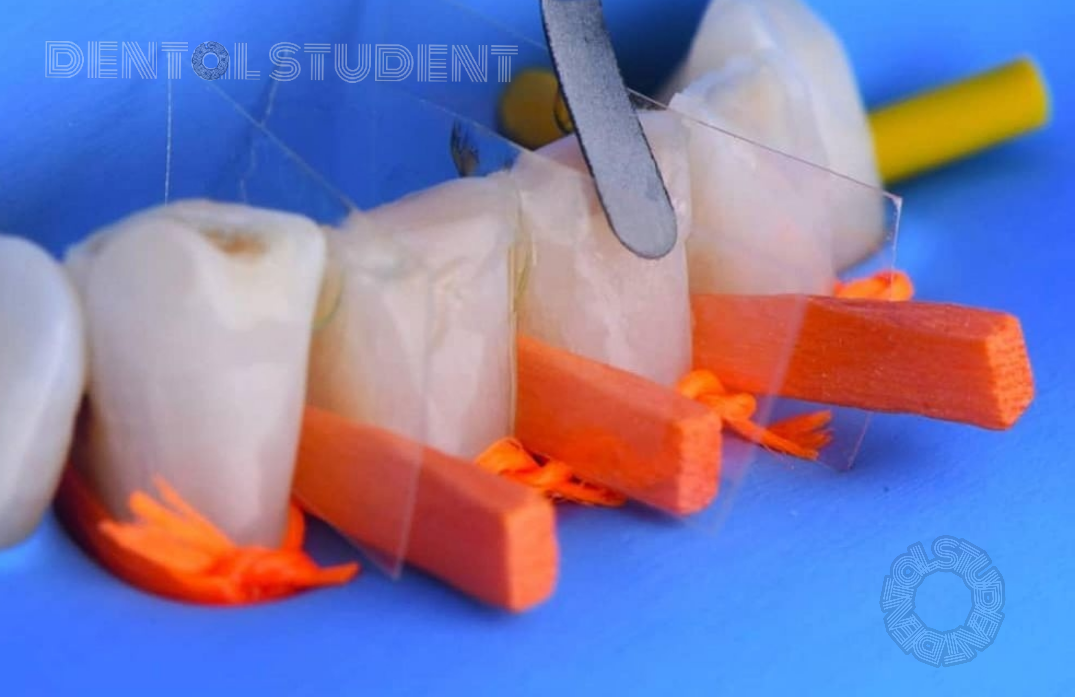
pre-wedging
when you encounter tight contact in your patient, It’s important to foucs in the next procedures, It’s a very important step that many of us overlook and it is ( Pre-wedging).
When you have
1_tight contact
2_ class II
3_class III
If there are any of these three points, you need to apply pre-wedging, it’s a necessary procedurce.
you will understand me why it’s necessary and also must do the steps in order.
- We start with the first thing and it is in case(Tight contact )
in this case I need to slipage rubber dam sheet from contact and this is difficult, if i try to pass it, rubber dam sheet may be cut so no isolation and also dental floss may be cut in addition it will intrapprd between teeth
، 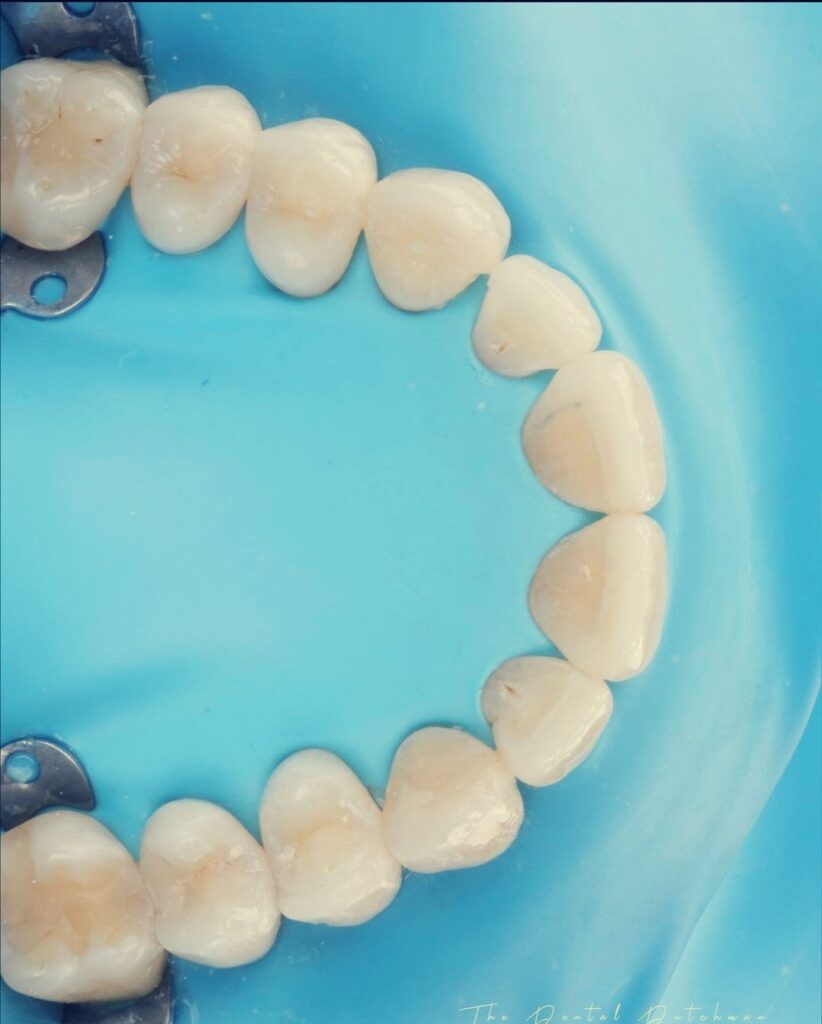
so proper solution as next
1_Profound anesthesia
2_ Pre-wedging
3_Lubricant
4_Reduce the distance between holes
5_ Use medium thickness of rubber dam sheet
6_ Proper use of dental floss
Profound anesthesia
its very important to do high efficiency anesthesia، due to i have tight contact and i will applicate widge and this is painful ، in this case it advesable to use intraligmentry technique as supplemental and also use main technique wither nerve block or infiltration
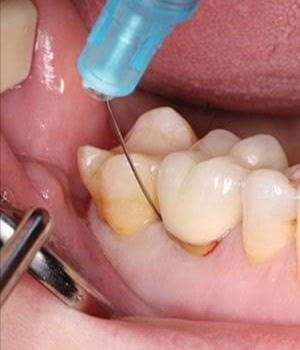
Pre-wedging
main function of pre-wedging is to create space and allow rubber dam sheet pass easily between contact area.
how do pre-wedging
Select wedge size
size of wedge is very important, for example there is tight contact and i use large size wedge thus will lead to laceration of gingiva tissue and cut out number of wedges also our bleeding will full our field.
size is a very significant and it advese to use small size wedge from two to five minutes then medium size wedge in the same time.
also type of contact determine size and time of pre wedging.
Wedge Lubrication
this mean paints wooden wedge by lubricant to faciltate entrance of wedge between teethm.
any fluid can use as lubricant such as
sliva of patient,
soap,
glycerin,
local anesthesia solution,
topical anesthesia,
or hemostatic solution and this is butter because it decrease gingival bleeding thus lead to clean and dry field.
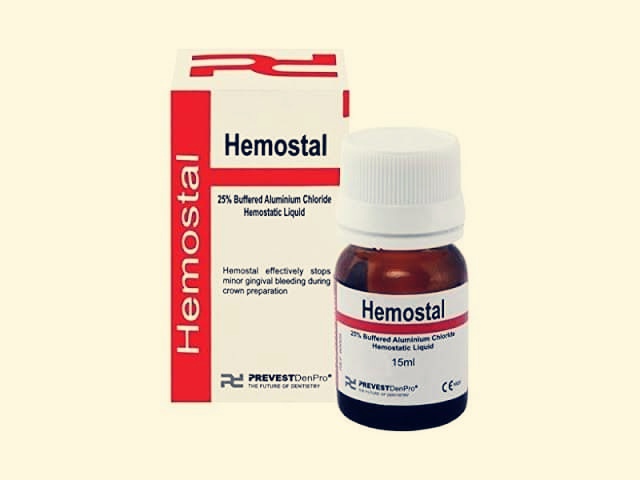
not preference to use hemostatic solution or glycerin in class II because it affect bonding
Insert from wide embrasures and accessible areas
in case of posterior teeth
proximal contact tend to be more bucally, also posterior teeth converge buccolingually so contact area small at ligual side and large at buccal side,
because this lingual embrasure larger than buccal embrasure mean while wedge insertion from lingual embrasure.

in icase of anterior teeth
proximal contact at midway faciolingually, also anterior teeth converge faciolingually but wedge insertion will not be always from palatal /lingual embrasure yet according to accessability and embrasure size.
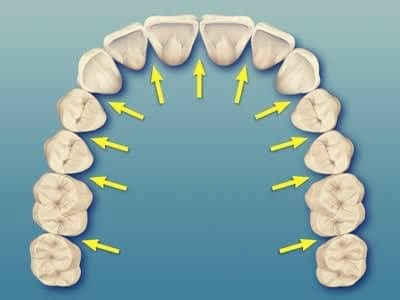
Select proper wedge size
shape of wedge is triangle it start with bevel with wide base and sharp apex and may be stright or concave, if wedge is stright we can modify it by contra to become slight concave and faciltate dislodge it between teeth.
during insertion of wedge the base toward gingival tissue and apex toward contact area.
direction of insertion not perpendicular to contact but in angle 30° with slight occlusogingival movements.

Reduce the distance between holes
Use medium thickness of rubber dam sheet
Proper use of dental floss
more explanation in next article